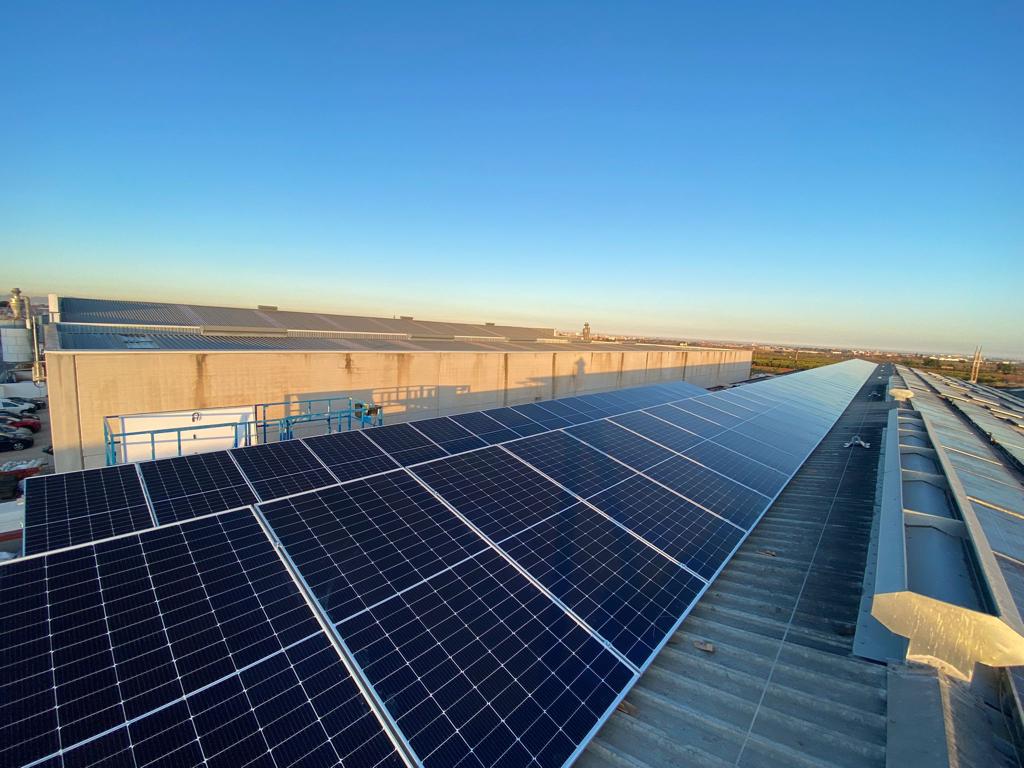From pv magazine Spain
Researchers from the Department of Electrical Engineering at Spain’s University of Jaén – working with peers from the University of Hong Kong and the University of Amman, in Jordan – have designed a new electricity market model for energy distribution networks.
The academics explained electricity distribution markets operate in parallel to wholesale electricity markets and produce different marginal prices in different areas – local marginal prices – to send valid price signals to small-scale, “distributed-” generation and energy storage assets.
“This market framework guides consumption or flexible loads or provides bid prices to distributed generation [assets],” said the academics. “The integration of energy communities, battery [energy] storage systems, and distributed generation into a holistic [electricity] distribution market framework is a hot topic [which could] promote investment in distributed assets as well as … [empowering] communities to better use their own resources.”
In the paper “An Equilibrium-based Distribution Market Model Hosting Energy Communities and Grid-scale Battery Energy Storage”, published in December 2024 in Sustainable Energy, Grids and Networks, the researchers highlighted that energy communities represent a great opportunity for electricity users, whether residential, commercial, or industrial. They proposed a distribution-market model that involves energy communities and grid-scale BESS.
The model is based on equilibrium principles instead of auctions, optimization, or leader-follower arrangements, resulting in a cooperative framework where all agents participate as price-taking entities.
Profit-oriented models are proposed for distribution system operators, energy communities, and battery systems, reached through an equilibrium approach rather than the conventional method of generating electricity prices based on perfect operating conditions for every participant in a network.
The researchers said they have tested their model in various types of electrical network and have demonstrated its viability. They compared the results from their system with a conventional, centralized model for energy distribution networks and said the new approach would exclude high-priced distributed energy generation and storage assets from the wholesale market. That would mean better use of distributed resources and higher profits for energy communities and BESS, the academics said.
This content is protected by copyright and may not be reused. If you want to cooperate with us and would like to reuse some of our content, please contact: editors@pv-magazine.com.



By submitting this form you agree to pv magazine using your data for the purposes of publishing your comment.
Your personal data will only be disclosed or otherwise transmitted to third parties for the purposes of spam filtering or if this is necessary for technical maintenance of the website. Any other transfer to third parties will not take place unless this is justified on the basis of applicable data protection regulations or if pv magazine is legally obliged to do so.
You may revoke this consent at any time with effect for the future, in which case your personal data will be deleted immediately. Otherwise, your data will be deleted if pv magazine has processed your request or the purpose of data storage is fulfilled.
Further information on data privacy can be found in our Data Protection Policy.